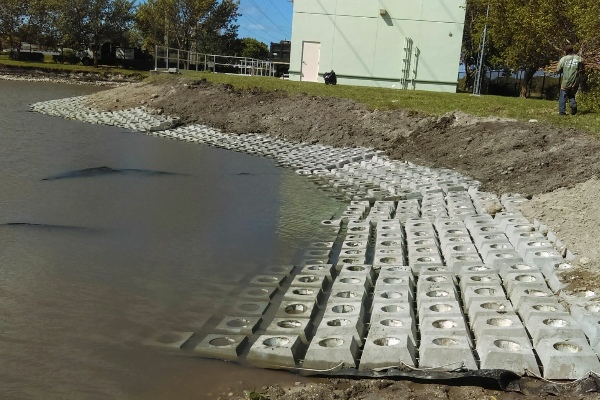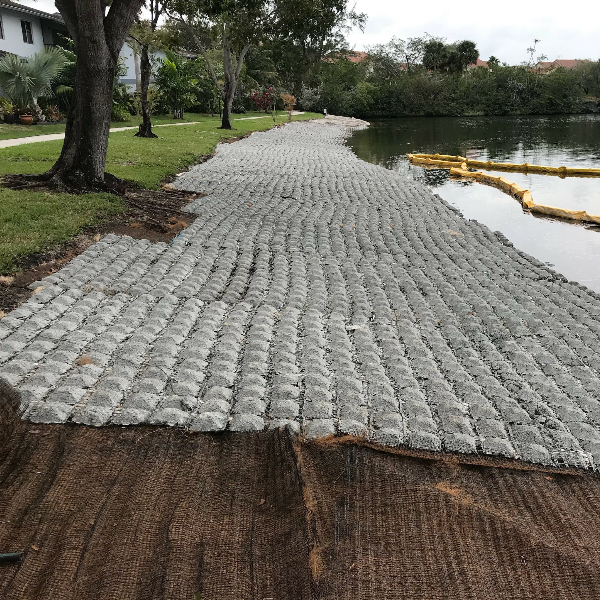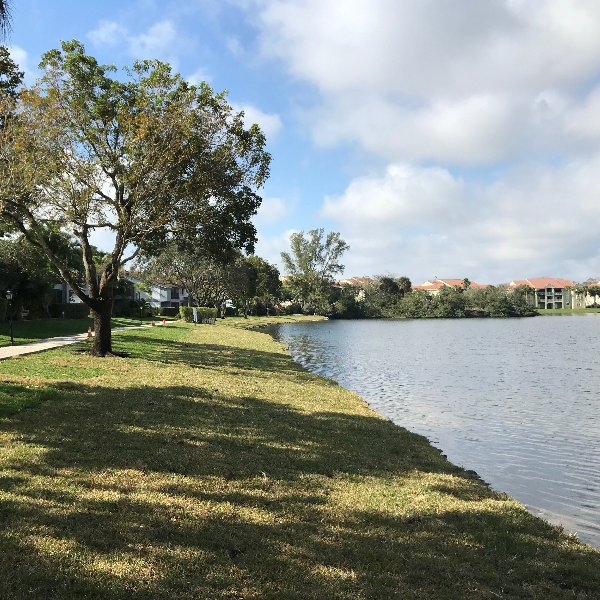Utilizing Articulated Concrete Mats to Prevent Erosion
Articulated Concrete Mats, also known as Revetment Mats, ACB Mats, Flexamat, or Shoreflex, are revetment systems often used to prevent shifting subgrades and ensure proper watershed in flood-prone areas. They are an affordable and durable erosion control solution that’s pleasing to the eye.
How Articulated Concrete Mats Work
The primary task of the Articulated Concrete Mat is to improve shoreline stability. Stability calculations and analysis determines the appropriate shoreline stability control of the land and thus provide effective drainage for water and erosion protection. Revetment construction is incredibly versatile and can be used anywhere, most often in areas where water meets land.
Various Uses
- Boat ramps
- Bridge abutments
- Canals
- Channels
- Creek Embankment
- Culvert Erosion
- Embankment Erosion
- Landfills
- Pipeline protection
- Residential waterways
- Retention basins
- Shoreline protection
- Slopes and revetment walls
- Stormwater Repair
- Wetland protection
Different Design Options
The Articulated Concrete Mat comes in two forms:
– Open-cell: The blocks are open to allow vegetation to cover the blocks over time. Generally used above design or natural water levels.
– Closed-cell: Heavier than open-cell blocks, the closed-cell blocks are deployed in heavily eroded areas and prone to high volumes of water. Channels and culverts are good examples. Generally used in submerged, below the water level applications.
Landshore® will make revetment design recommendations using the best stabilization materials based on the preferences of the project for Flexamat installation or articulated concrete mat installation.





